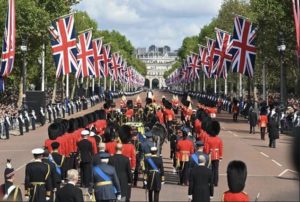
With the passing of Her Majesty Queen Elizabeth II and the ascension of His Majesty King Charles III, The British Monarchy has been dominating the headlines more than at any time since the death of Diana, Princess of Wales a quarter-century ago. As we witness ancient rituals and historic moments unfold live before a global audience, it is easy to forget that the people at the center of the pomp and circumstance are as human as you or I. It is also easy to overlook the unique constitutional role the monarch plays in not only British public life, but in the governments of Australia, New Zealand, Canada, and the other Commonwealth realms in which the British monarch serves as head of state.
This unique constitutional arrangement is something foreign to Americans. Our head of government and head of state are one and the same – the president. In a Westminster system of government, with a constitutional monarch and a prime minister, things are a bit more complex.
As an American with an academic background in British history and more than a decade spent writing and reporting on British politics, I have a unique understanding among my countrymen of just what is happening. As such, I have been asked many times to explain the pageantry, tradition, laws, and customs surrounding this historic moment.
That is why I have compiled a list of four programs I consider must-see TV for anyone wishing to truly understand the monarchy. These documentaries will, I believe, give you a basic understanding of not only how the Crown functions in our modern world, but also who the late Queen was. Watching even one of these documentaries before Her Majesty the Queen’s funeral on Monday, September 19, will enrich that experience. (It will also allow you to impress your friends with your knowledge of the British monarchy and the woman who helmed it for 70 years – longer than any other monarch in British history.)
So, as a tribute to Her Majesty Queen Elizabeth II, here is my list of recommended viewing to dive deeper into both the mystique and practicalities of the monarchy:
The Monarchy
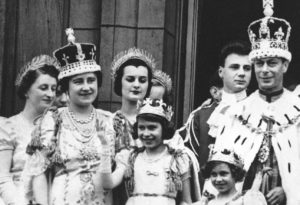
First broadcast in 1992 – a year Queen Elizabeth famously dubbed her annus horribilis, or “terrible year” – The Monarchy is an excellent place to start your education on, well, the monarchy. Featuring interviews with historians and royal biographers (among others), it traces the evolution of the modern institution of the Crown from the days of Queen Victoria right through the days of Elizabeth II herself. In doing so, it helps viewers develop a deeper appreciation of not only who the women and men who reigned over the United Kingdom were, but of how their roles changed over the course of the past 200 years.
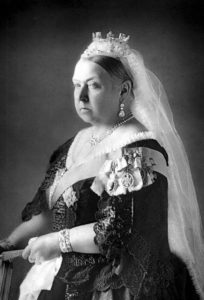
The first episode is particularly useful viewing for those who only have a limited time. It focuses on the development of the monarchy as a source of national pride and unity. As the theories of constitutional monarchy evolved and a spirit of democracy overtook the nation, the Crown had to adapt to remain relevant. It was Queen Victorian who, albeit reluctantly, helped establish the monarchy as a spectacle at the heart of national celebrations, thus increasing its popularity with everyday people.
The entire series is worth watching, though, as it truly explains the role of the modern monarchy and explores questions around its purpose and even existence. Though 30 years old, the themes explored within this documentary are still themes hotly debated in the UK – and no doubt will be even more contested as the shock of the Queen’s death and the first new monarch in nearly a century wears off.
Her Majesty’s Prime Ministers
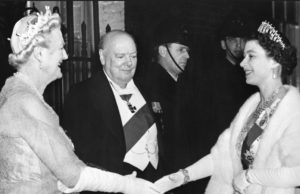
Despite possessing awesome powers in theory, in practice the Crown has very little actual authority. The doctrine of Crown-in-Parliament is a fusion of the executive and the legislature into one, which stands at odds with the American system of separation of powers. In our modern era, the powers of the monarch are exercised by His Majesty’s Government, headed by the Prime Minister. While there are rare exceptions (more on that later), the Prime Minister is typically the Member of Parliament in the House of Commons who leads the majority party.
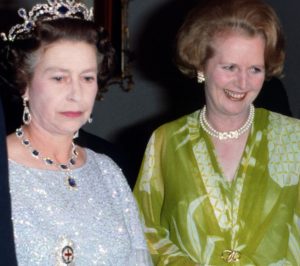
The Prime Minister serves at the pleasure of the monarch and, even if her or his party wins a general election, they do not become Prime Minister until the monarch formally invites them to form a government in his name. The late Queen most recently did this just two days before she died, when she met with Liz Truss – who had just won election as leader of the Conservative Party, which commands a majority in the House of Commons – and invited her to form a government in her name. Truss did not become Prime Minister until then, despite having been elected party leader earlier that week. (Note: because the Prime Minister is not directly elected by the people the way a president is, Truss did not need to win a general election, just her party’s leadership election.)
What I like about this documentary series is that it illustrates, however imperfectly, the divide between the ceremonial figurehead of the monarch and the true power exercised by the Prime Minister. Each episode deals with a different Prime Minister from the late Queen’s reign, discussing not only the political and foreign policy decisions made by each but also their unique relationship with Queen Elizabeth II. In doing so, we understand how and by whom decisions made in British public life are made.
Four Corners: The Dismissal of Gough Whitlam on the 11th of November 1975
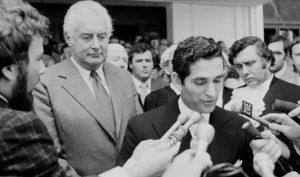
For our next documentary, we leave the UK and head down under. As mentioned before, the British monarch is also the monarch of various Commonwealth realms, including Australia. However, because the monarch resides in London and not in Canberra (or Ottawa or Wellington or anywhere else), in these other realms the Crown is represented by a governor-general appointed by the monarch upon the advice of the sitting Prime Minister. The governor-general, then, functions as the monarch in her or his absence.
This arrangement usually works fine, but in 1975 a constitutional crisis arose when the appointed Governor-General of Australia, Sir John Kerr, dismissed Gough Whitlam, the sitting Prime Minister and man who had recommended the Queen appoint him. He then invited the Leader of the Opposition, Malcom Fraser, to form a government. Kerr’s reasoning was that Whitlam could not command supply (meaning the votes) to pass a budget through the House of Representatives and the Senate. Using what is known as “reserve powers” of the Crown, Kerr reasoned that he was within his constitutional rights to remove a Prime Minister who did not command the support of the House.
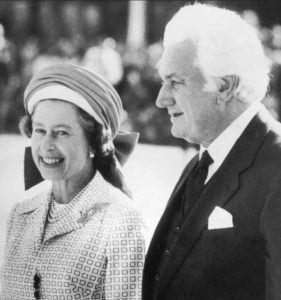
Others disagreed, and that conflict led to the most severe constitutional crisis in any Commonwealth realm in the second half of the 20th century. Two decades later, Four Corners – the legendary Australian television news program – sat down with key figures from what became known simply as “the Dismissal” to discus in candid detail what happened and why. It is a remarkable piece of journalism, and an important primary source in Australian history.
Why it’s worth your time: This documentary serves as both an introduction to how the Commonwealth realms function with a domestic head of government and foreign head of state, as well as an example of what could happen if the monarch – represented here by the governor-general – exercises powers they posses in theory but which by custom and convention are not exercised in practice. This is especially useful to consider alongside Her Majesty’s Prime Ministers, as the two together illustrate that real power lies not with the Crown, but with the Government.
Elizabeth: The Unseen Queen
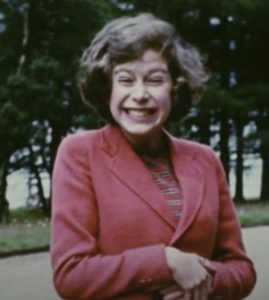 Finally, we come to the woman herself. In this remarkable documentary, we hear from the late Queen herself as she narrates, using recordings from her own speeches as well as original voiceovers, a series of family home movies and photographs. These never-before-seen images reveal some of the most private and intimate moments of the Queen’s life, including home video of her grandparents – King George V and Queen Mary – and her father, King George IX. Nothing like it has ever been seen before.
Finally, we come to the woman herself. In this remarkable documentary, we hear from the late Queen herself as she narrates, using recordings from her own speeches as well as original voiceovers, a series of family home movies and photographs. These never-before-seen images reveal some of the most private and intimate moments of the Queen’s life, including home video of her grandparents – King George V and Queen Mary – and her father, King George IX. Nothing like it has ever been seen before.
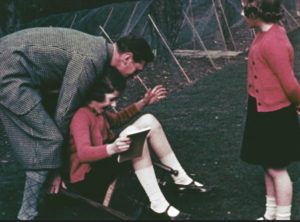 What makes Elizabeth: The Unseen Queen so special is that it humanizes Queen Elizabeth. We see her not as a monarch, but as a woman. Images from her childhood, from her courtship and eventual marriage to Philip, and of her as a young mother play while Elizabeth herself reminisces on a life well lived. There is simply no better way to get to know who this remarkable woman was than to listen to her tell us herself.
What makes Elizabeth: The Unseen Queen so special is that it humanizes Queen Elizabeth. We see her not as a monarch, but as a woman. Images from her childhood, from her courtship and eventual marriage to Philip, and of her as a young mother play while Elizabeth herself reminisces on a life well lived. There is simply no better way to get to know who this remarkable woman was than to listen to her tell us herself.


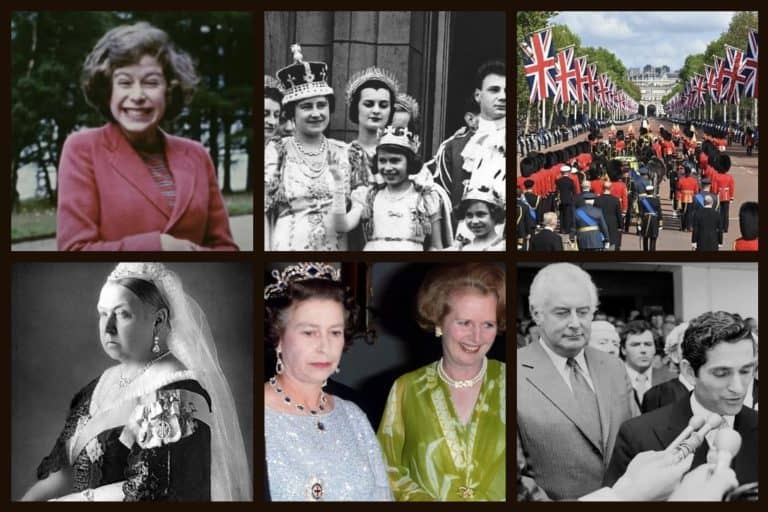
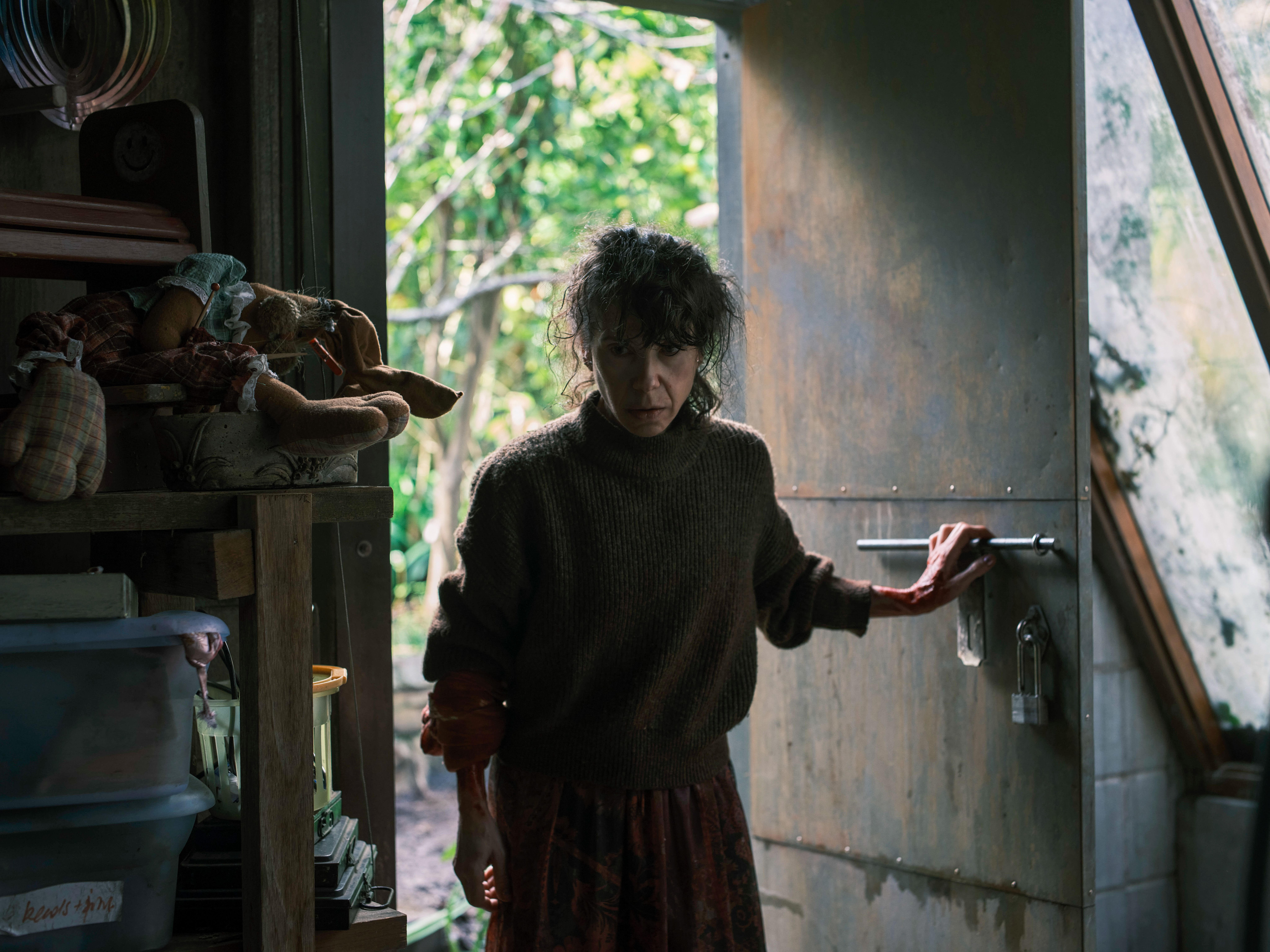
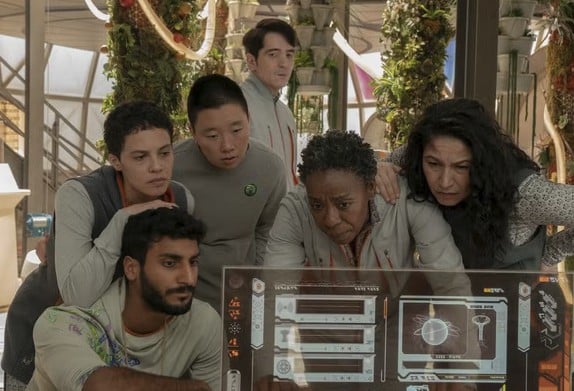




Start a watercooler conversation: